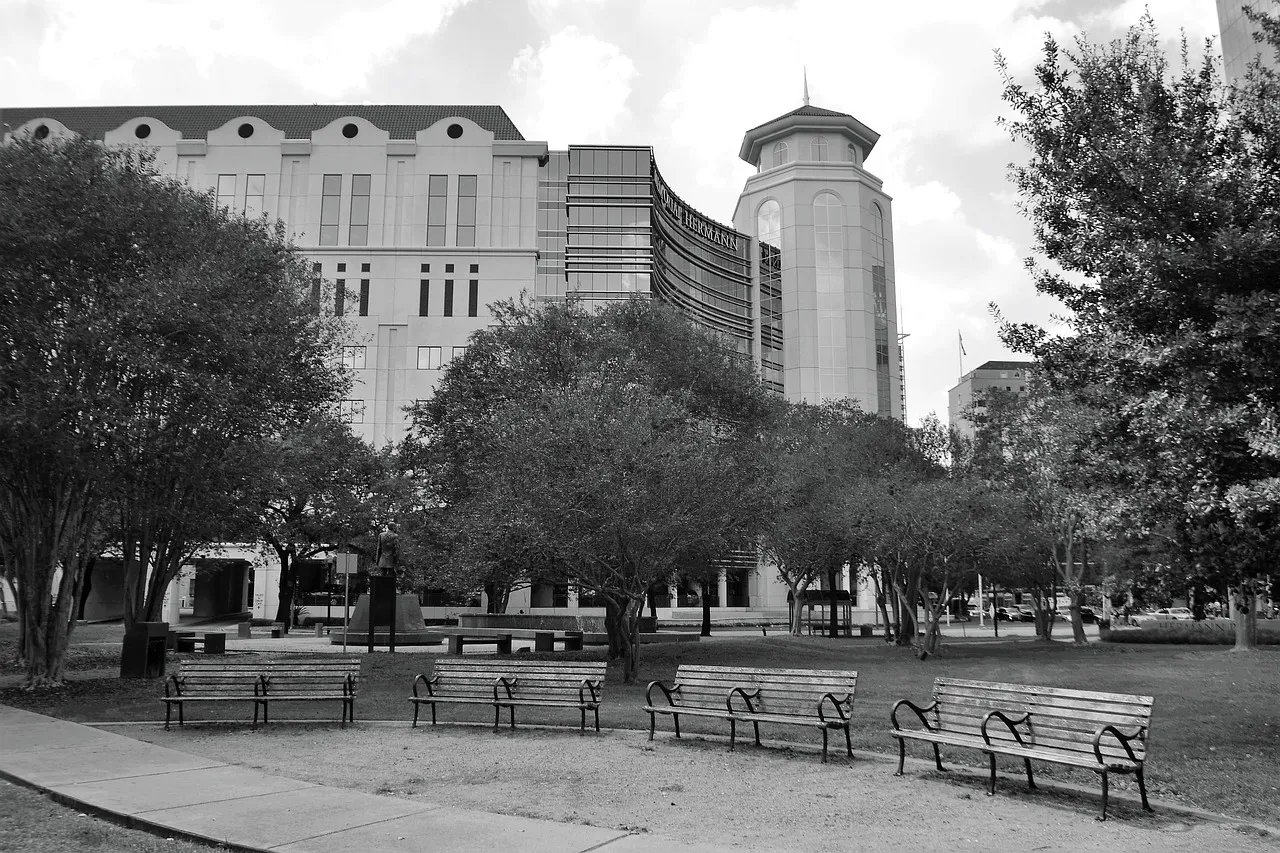Are you planning to move to a remote area? Or perhaps you’re already living in one and want to know more about the realities of this lifestyle. Either way, living in a remote area can be an exciting yet challenging experience.
In this article, we will discuss some of the basics of living in a remote area and provide insights on what to expect from this unique way of life.
What is a Remote Area?
A remote area is typically defined as a region that is far away from urban centers or major cities. These areas are often characterized by a low population density, limited infrastructure, and minimal access to goods and services. Remote areas can vary widely in terms of location, climate, and population, but they are often considered to be more isolated and disconnected from mainstream society.
Pros of Living in a Remote Area
Living in a remote area comes with its own set of advantages. Some people choose this lifestyle because they desire solitude and a slower pace of life. Others may enjoy the natural beauty and outdoor activities that come with living in a remote area.
Peace and Quiet
One of the most significant benefits of living in a remote area is the peace it offers. Away from the hustle and bustle of city life, you can enjoy the tranquility of nature and escape the noise pollution that is often present in urban areas.
Lower Cost of Living
Remote areas are typically more affordable than cities, making it an attractive option for people looking to save money on housing and other expenses. With lower costs, you may find that your quality of life can improve, as you have more disposable income or can save for the future.
Self-Sufficiency
Living in a remote area often means having to rely on yourself and your resources. This can lead to a greater sense of self-sufficiency and independence. For example, you may learn how to grow your food, fix things around the house, or live off-grid with renewable energy sources such as solar power.
Challenges of Living in a Remote Area
While there are many benefits to living in a remote area, there are also unique challenges that come with this lifestyle. Before making the move, it’s essential to consider these potential challenges and plan accordingly.
Limited Access to Goods and Services
One of the significant drawbacks of living in a remote area is limited access to goods and services. You may have to travel long distances for groceries, healthcare, or other necessities. This can be especially challenging during harsh weather conditions or emergencies.
Isolation and Lack of Socialization
Living in a remote area can also lead to feelings of isolation, especially if you are used to living in a more populated area. It may take some time to get used to being far away from friends and family, and you may have fewer opportunities for socialization and making new connections.
Harsh Living Conditions
Depending on the location, living in a remote area can also mean dealing with harsh weather conditions. This can include extreme heat or cold, heavy snowfall, or natural disasters like wildfires and hurricanes. It’s essential to be prepared for these conditions and have a plan in place.
Conclusion
Living in a remote area can offer a unique and fulfilling lifestyle, but it’s not without its challenges. By understanding the realities of this way of life, you can make an informed decision and be better prepared for what to expect. Whether you’re seeking peace or a more self-sufficient lifestyle, living in a remote area can provide a refreshing change from the fast-paced urban lifestyle. So if you’re up for the adventure, embrace the back-to-basics way of living and see where it takes you!
